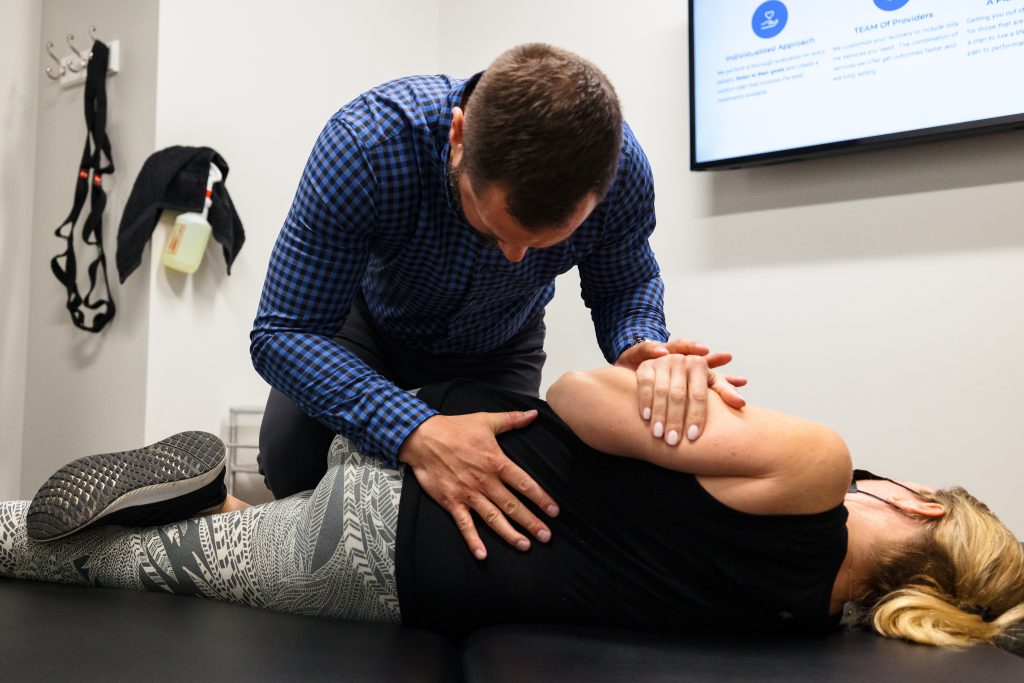Sciatica is a common condition that affects millions of people worldwide. It is a type of nerve pain that occurs due to compression or irritation of the sciatic nerve, which is the largest nerve in the body. The pain usually starts in the lower back and radiates down to the legs, causing discomfort and sometimes even debilitating pain. In this blog post, we will discuss sciatica, its causes, symptoms, and treatment options.
What is Sciatica?
Sciatica is a condition that occurs when the sciatic nerve, which runs from the lower back down to the legs, is compressed or irritated. This can cause pain, numbness, tingling, or weakness in the lower back, buttocks, legs, and feet.
Causes of Sciatica
Sciatica can be caused by a variety of factors, including:
- Herniated Disc: When the soft center of a spinal disc pushes out through a crack in the outer layer, it can irritate the nearby nerves, including the sciatic nerve.
- Spinal Stenosis: This condition occurs when the spinal canal narrows, putting pressure on the spinal cord and nerves, including the sciatic nerve.
- Piriformis Syndrome: This occurs when the piriformis muscle, which runs from the lower spine to the thigh bone, irritates or compresses the sciatic nerve.
- Degenerative Disc Disease: As we age, the spinal discs can degenerate, leading to a loss of cushioning between the vertebrae and increasing the risk of nerve compression.
Symptoms of Sciatica
The symptoms of sciatica can vary from person to person, but typically include:
- Lower back pain that radiates down the leg.
- Numbness or tingling in the leg or foot.
- Weakness in the affected leg.
- Difficulty moving the leg or foot.
- Sharp, shooting pain in the leg that can be aggravated by movement or coughing.
Treatment Options for Sciatica
Fortunately, most cases of sciatica can be treated without surgery. Treatment options may include:
- Dry needling is a form of therapy that involves inserting thin needles into trigger points in the muscles to relieve pain and improve mobility.
- Traction is a non-invasive treatment option for sciatica that involves the gentle stretching of the spine to relieve pressure on the sciatic nerve.
- Physical Therapy Exercises: A therapist can work with you to develop an exercise program that can help to relieve the pressure on the sciatic nerve.
- Chiropractic Care: A chiropractor can perform spinal adjustments to help decrease spinal stiffness and alleviate pressure on the sciatic nerve

Conclusion
Sciatica is a common condition that can cause significant pain and discomfort. However, with proper treatment, most people can find relief from their symptoms. If you are experiencing symptoms of sciatica, either call or text our office at 614-601-1486
Or request an appointment online here

Recent Comments